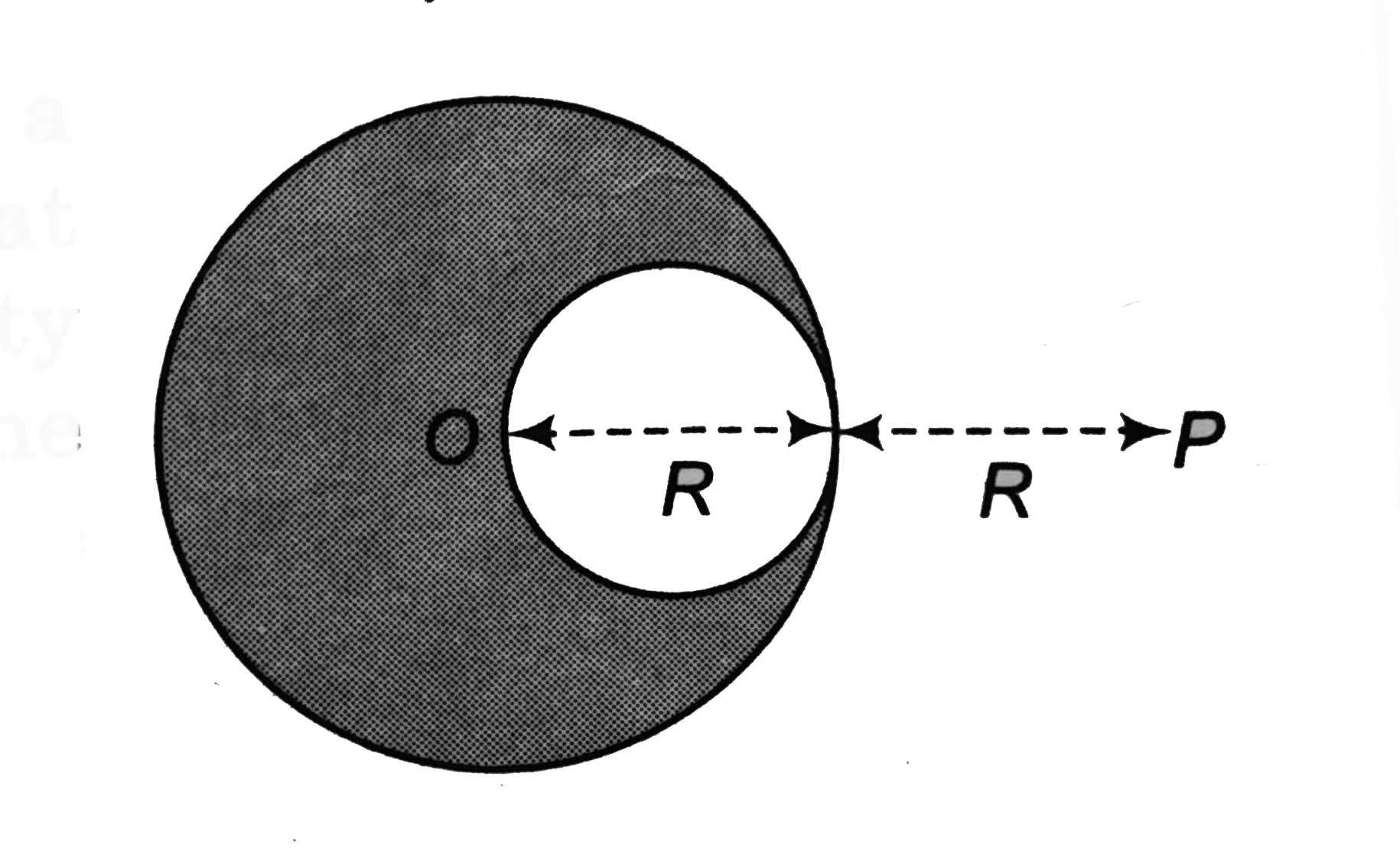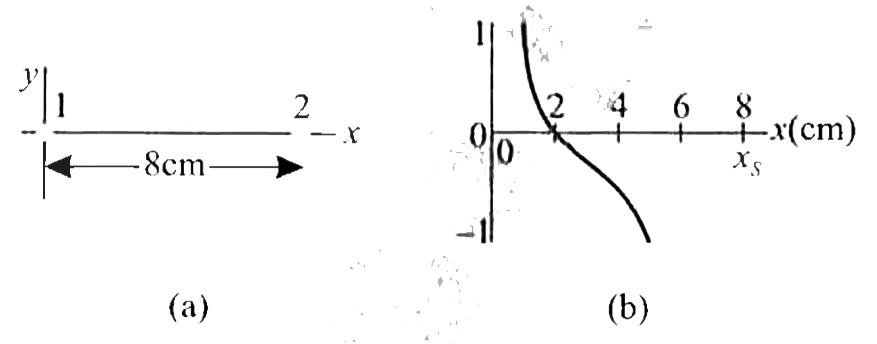F1 particle of oxysome
Releases proton energy
Utilises proton energy
Has no role in energy consumption
Lies in outer chamber.
The correct Answer is:B
Step-by-Step Solution:
1. Understanding the Context: The F1 particle is part of the oxysome, which is associated with the mitochondria and plays a crucial role in ATP synthesis during cellular respiration.
2. Electron Transport Chain: In the electron transport chain, electrons are transferred between carriers, and this process releases energy. This energy is used to pump protons (H+) from the inner mitochondrial chamber to the outer chamber.
3. Proton Gradient: As protons are pumped out, a gradient is created, leading to a higher concentration of protons outside the inner mitochondrial membrane compared to inside.
4. Role of F0 F1 Particle: The protons flow back into the inner chamber through the F0 F1 particle. The F0 part forms a channel through which protons can pass, while the F1 part contains the ATP synthase enzyme.
5. ATP Production: As protons flow through the F1 particle, the energy from this movement is harnessed by the ATP synthase enzyme to convert ADP and inorganic phosphate into ATP.
6. Conclusion: Therefore, the F1 particle of the oxysome utilizes proton energy to synthesize ATP.
Final Answer:
The F1 particle of the oxysome utilizes proton energy.
---
The F1 particle of the oxysome utilizes proton energy.
Topper's Solved these Questions
- RESPIRATIONBOOK - DINESH PUBLICATION ENGLISHCHAPTER - RESPIRATIONEXERCISE - CHECK YOUR GRASP
20 Videos
- RESPIRATIONBOOK - DINESH PUBLICATION ENGLISHCHAPTER - RESPIRATIONEXERCISE - CHECK YOUR GRASP
20 Videos
- REPTILIA-CREEPING VERTEBRATESBOOK - DINESH PUBLICATION ENGLISHCHAPTER - REPTILIA-CREEPING VERTEBRATESEXERCISE - CHECK YOUR GRASP
10 Videos
- ROOTBOOK - DINESH PUBLICATION ENGLISHCHAPTER - ROOTEXERCISE - CHECK YOUR GRASP
10 Videos
Similar Questions
Knowledge Check
F1 particles are present in the mitochondria
Ain matrixBon outer membraneCon inner membraneDin intercristae spaceF1 particles present in mitochondrion are
AEpisomesBSphaerosomesCOxysomesDMicrosomesA solid sphere of uniform density and radius R applies a gravitational force of attraction equal to F1 on a particle placed at P, distance 2R from the centre O of the sphere. A spherical cavity of radius R/2 is now made in the sphere as shown in figure. The particle with cavity now applies a gravitational force F2 on same particle placed at P. The radio F2/F1 will be
 A1/2B7/9C3D7
A1/2B7/9C3D7
When 12H+ pass through F0−F1 particle, how many ATP are produced?
View SolutionWhen 12H+ pass through F0−F1 particle, how many ATP are produced?
View SolutionA solid sphere of uniform density and radius R applies a gravitational force attraction equal to F1 on a particle placed at P, distance 2R from the centre O of the sphere. A spherical cavity of radius R/2 is now made in the sphere as shows in figure. The particle with cavity now applies a gravitational force F2 on same particle placed at P. The radio F2/F1 will be

View SolutionIn Fig. a, particle 1 (of charge q1) and particle 2 (of charge q2) are fixed in place on an x axis, 8.00 cm apart.

Particle 3 (of charge q3=+8.00×10−19C) is to be placed on the line between particles 1 and 2 so that they produce a net electrostatic force Fnet=2F0 on it Figure b gives the x component of that force versus the coordinate x at which particle 3 is placed. The scale of the x-axis is set by xs=8.0cm. What are (a) the sign of charge q1 and (b) the ratio q2/q1?
View SolutionPassage XII)_ A particle of mass m is constrained to move along x-axis. A force F acts on the particle. F always points toward the position labelled E. For example, when the particle is to the left of E,Fpoints to the right. The magnitude of F is consant except at point E where it is zero. The systm is horizontal. F is the net force acting on the particle. the particle is displaced a distance A towards left from the equilibrium position E and released from rest at t=0.
What it is the time period of periodic motion of particle.

View Solution
